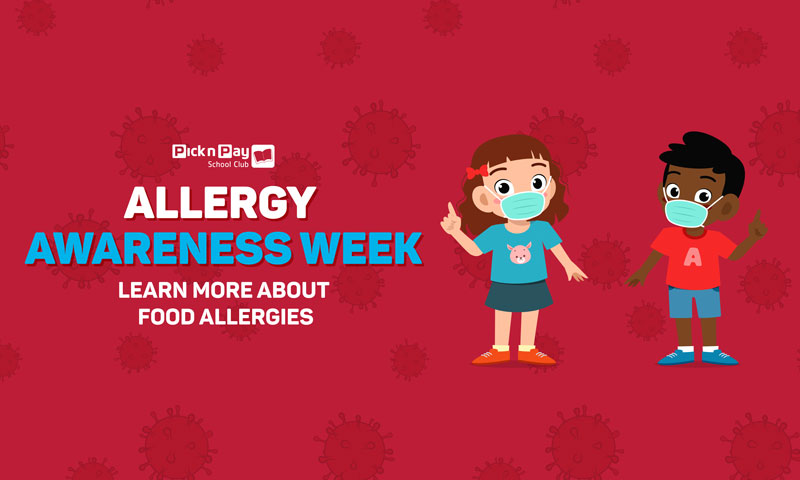Food allergies happen when your body’s immune system reacts to something in a food that your body sees as harmful. This sets off a chain reaction within your body and symptoms can occur within minutes of eating the food. The symptoms can be mild, such as a runny nose or itchy eyes, or more severe and in some cases even life-threatening.
Similar to a food allergy, but less dangerous is a food intolerance. An intolerance occurs when your body is unable to digest a certain component of a food. For instance, lactose intolerance is an intolerance to lactose found in milk. Symptoms of a food intolerance can be unpleasant, but they are not usually life-threatening.
What are the common symptoms of an allergic reaction?
A person experiencing an allergic reaction may have any combination of these symptoms:
- Skin: rash, swelling of the face, lips or tongue, itching and redness
- Breathing: coughing, wheezing, shortness of breath, chest pain or hay fever-like symptoms such as runny nose, watery eyes and sneezing
- Gut: nausea, stomach pain or cramps, vomiting and diarrhoea
- Heart: weak pulse, dizziness or light-headedness, loss of consciousness
- Other: anxiety, headache and a metallic taste
What are the most common food allergens?
There are more than 170 foods which are known to cause food allergies. However, the most common food-allergic reactions involve:
- Milk (including butter, yoghurt, cheese and maas)
- Egg (most commonly egg white)
- Peanuts
- Tree nuts, such as walnuts and cashews
- Fish, such as salmon and tuna
- Shellfish, including prawns, crayfish and crab
- Soya
- Wheat
There are some useful diagnostic tests that your doctor can advise to help work out whether you have a food allergy or intolerance.
Allergens and food labels
Food manufacturers in South Africa are committed to ensuring transparent and accurate labelling of products in line with the South African regulations.
All ingredients have to be clearly labelled on all foods. If there is an allergen present in a product it should be in brackets behind the respective ingredient. Here is an example:
Managing a food allergy or intolerance
People with food allergies or food intolerances will need to avoid the foods that make them sick, but this is sometimes easier said than done. Navigating menus where there is often a combination of ingredients and risk for cross-contamination can be very tricky.
For more detailed information on managing a food allergy or intolerance contact the dietitian at Pick n Pay, on healthhotline@pnp.co.za. There are practical guidelines available for the avoidance of allergens as well as tips for preparing meals without gluten, wheat, dairy and egg.



















